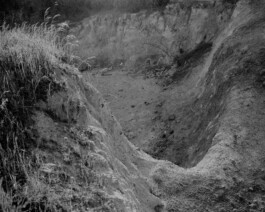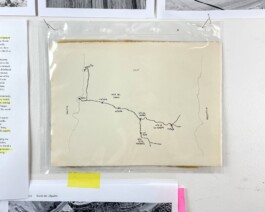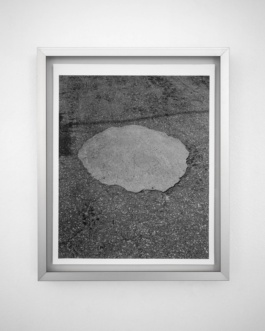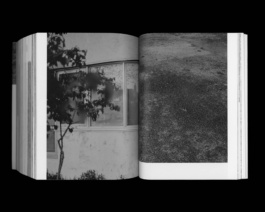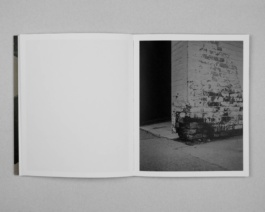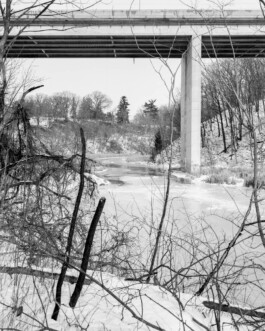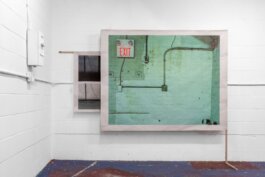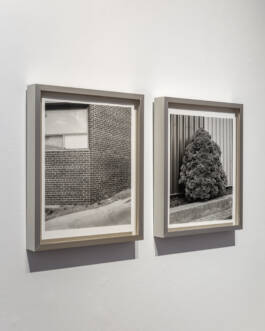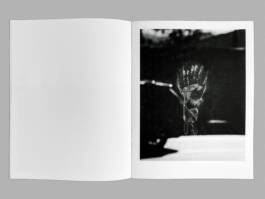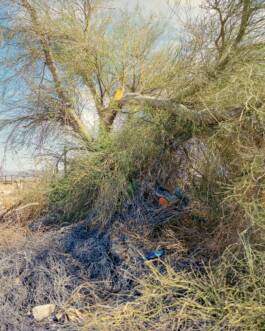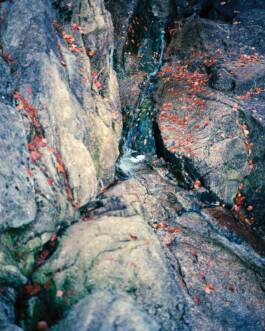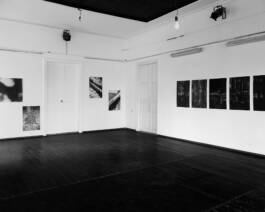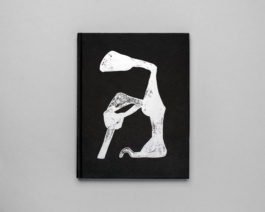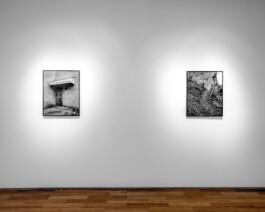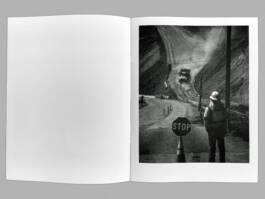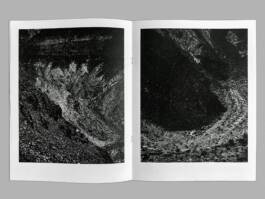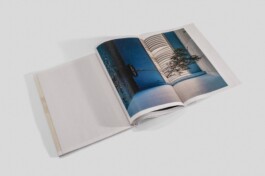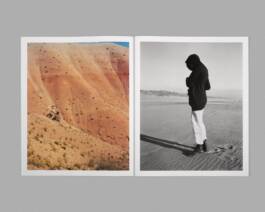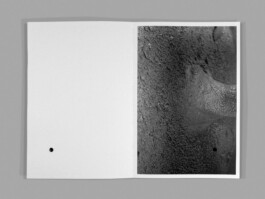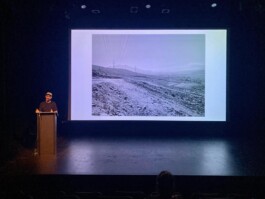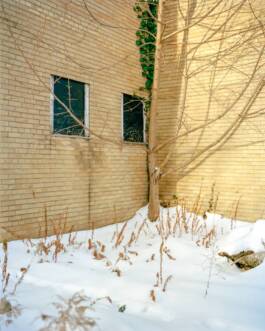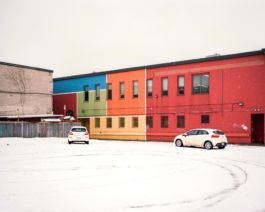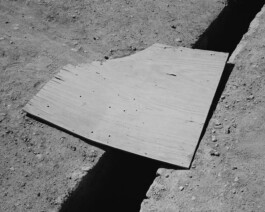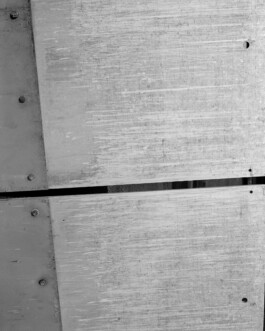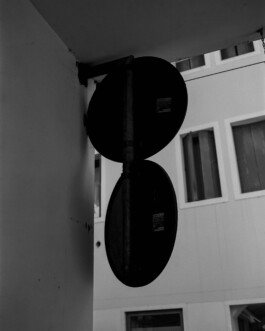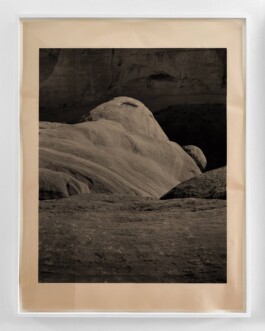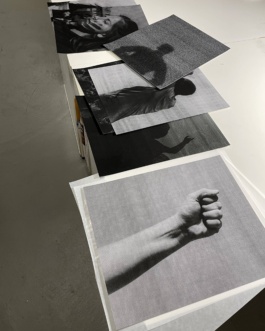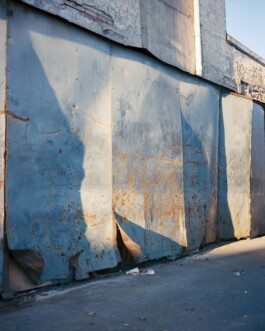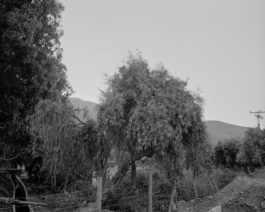
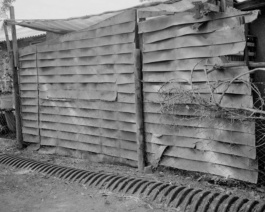
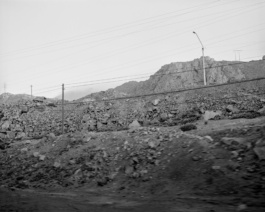
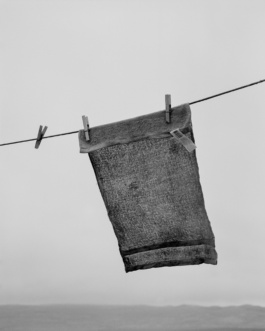

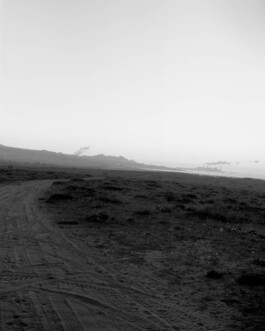
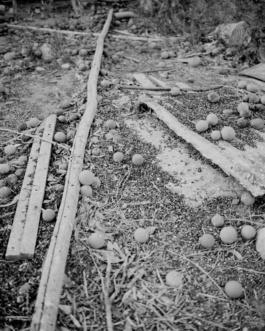
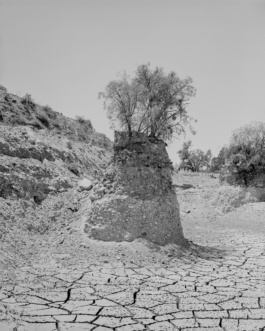
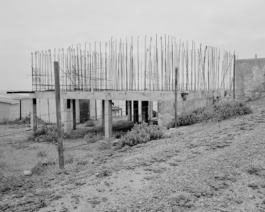
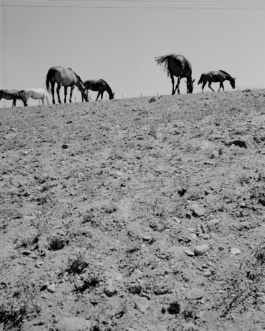
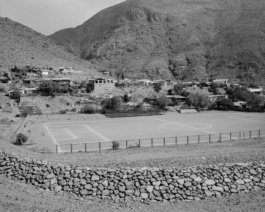
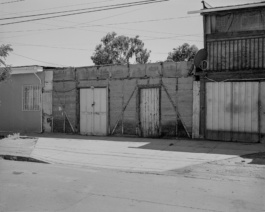
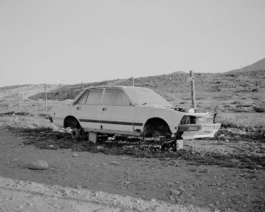
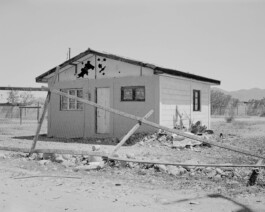
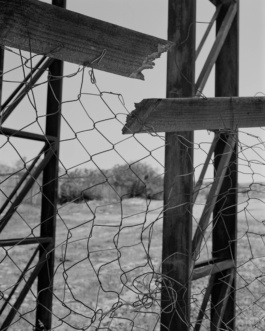
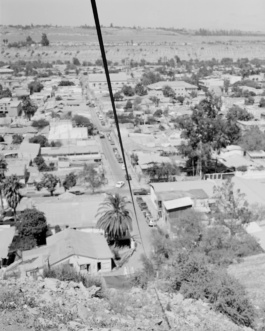
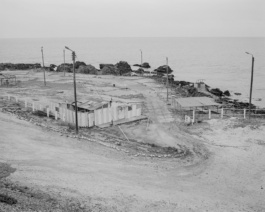
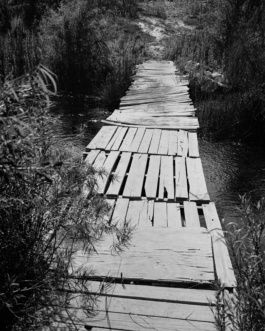
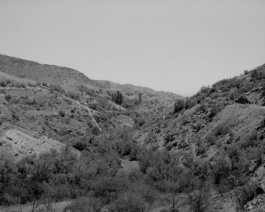
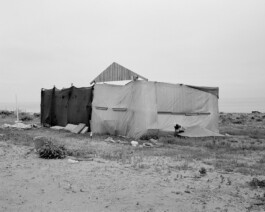

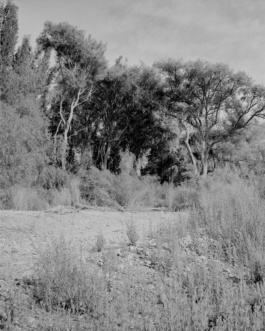
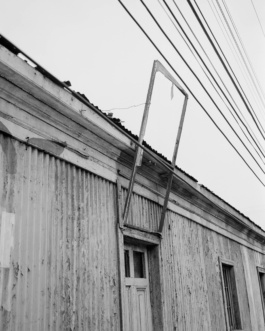
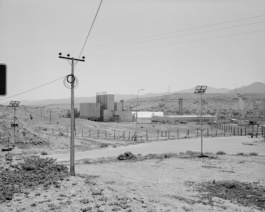
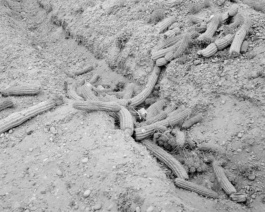
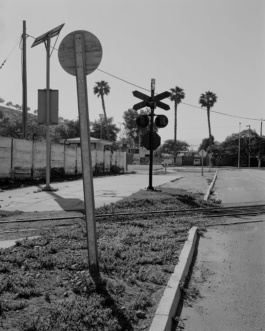
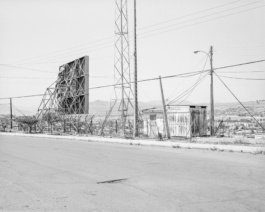
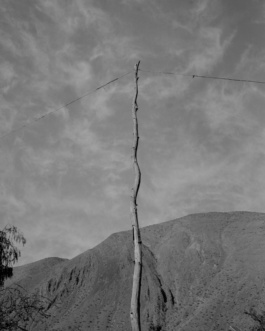
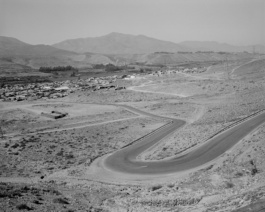


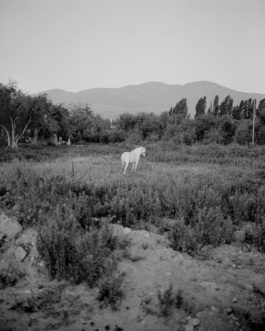
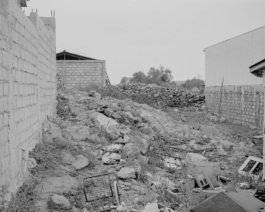
VALLE, 2022-ongoing
Valle was created as part of a research project in collaboration with Associate Professor, Eduardo Ordonez-Ponce, from Athabasca University (Canada). These photographs are part of a larger body of work that focuses on communities and their territories throughout the Huasco Valley, located in the southern Atacama Desert, Chile. Huasco is the last active valley before the world's driest desert begins, and a place which has been dealing with a variety of environmental, economic and health concerns for more than 30 years. The pictures reflect on concerns that have affected and continue to affect (for better or worse, depending on how you look at it) the life of the communities, the access to basic and universal services, the relationship with what development and the environment mean and represent in the use of this territory.
Route taken through the Huasco Valley accompanying the research team in a process of interviews and surveys throughout specific locations in the valley. These photographs are a record with a subjective perspective that was inspired by the studied data, the conversations with the locals, the beauty of the landscape, and human intervention in the territory as it has evolved over time.
—
Read Essay by Eduardo Ordonez-Ponce, PhD
Associate Professor, Athabasca University
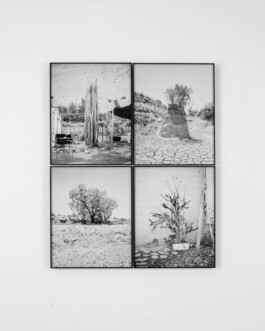
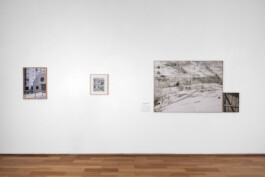
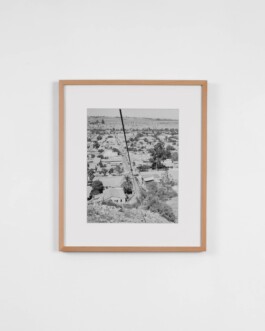
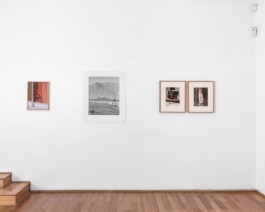
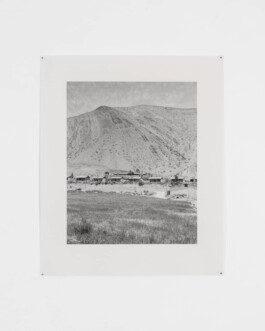
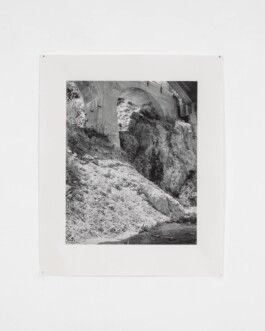
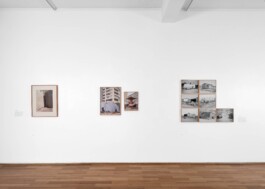

Paisaje común (group show), 2024
Galería Animal, Santiago de Chile.
May 30 to July 13, 2024
Work part of ‘Valle’ on display at ‘Paisaje Común’, a group exhibition and dialogue with my dear colleagues Javier Aravena, Sebastián Mejía, Cristóbal Palma and Marcos Zegers.
Download Dossier of exhibition (PDF available in Spanish).
Installation photography © Sebastián Mejía and Cristóbal Palma
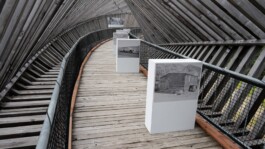

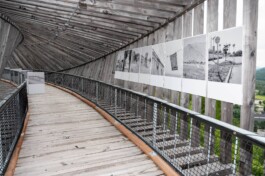
VALLE (solo public installation), 2023
Photographys by Cristian Ordóñez
Curated by Claude Goulet
Text by Eduardo Ordonez-Ponce
Installation views, 18 photographs. Belvédère des Deux-Rivières, Matapédia (view of the confluence of the Matapédia and Ristigouche rivers), Gaspésie, Québec.
Rencontres de la photographie en Gaspésie (14th edition, 2023)
July 15 to September 30, 2023
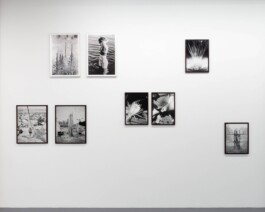

A Sense of Place (group show), 2023
Curated by Bénédicte Blondeau and Rüdiger Lange
PEP - Photographic Exploration Project
April 1 - 29, 2023
Berlin, Germany

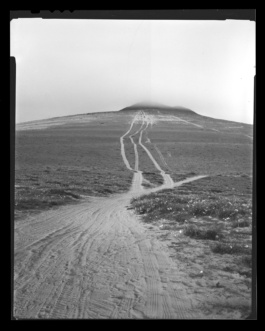
Cerro Centinela (diptych), Atacama, 2022
Oripeau Public Exhibition n°576, Montréal, QC Canada

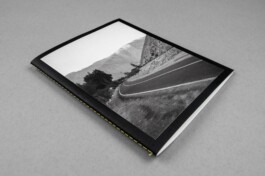
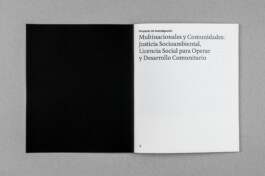

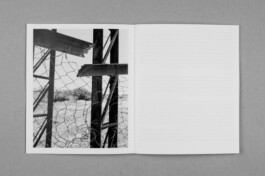
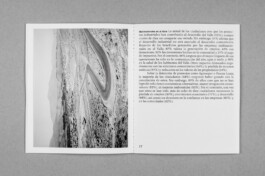
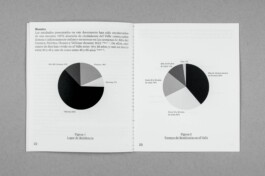
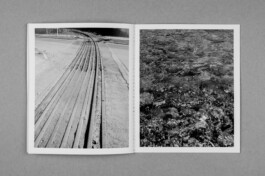
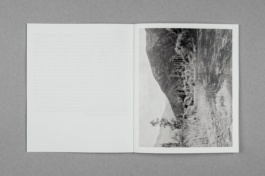
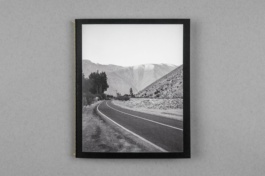
MULTINACIONALES Y COMUNIDADES: Justicia Socioambiental, Licencia Social para Operar y Desarrollo Comunitario (Proyecto de Investigación)
Publication created in response to ongoing research that began in early 2022, including a visit to the Huasco Valley in Atacama, Chile in October of the same year. This book was specially produced in a limited edition to deliver the preliminary quantitative results to the community of Huasco, namely actors from the civil society, the public sector, indigenous peoples, business people and ordinary citizens who participated in this process.
Funded by Athabasca University and the Department of Foreign Affairs, Trade and Development of the Government of Canada, in collaboration with the Department of Industrial Engineering of the University of Santiago de Chile. Created and edited by Eduardo Ordonez-Ponce, PhD, Athabasca University and Photographer, Cristian Ordóñez.
Self-Published
36 pages
10 Photographs and 7 Pie charts figures
Softcover, tip-on photograph Saddle Sewn binding (2 stitch colours in honour of the colours of the Atacama flag)
Spanish
Free distribution
© 2023
AWARDS
2023 — Urbanautica Institute Awards 2022. Nature, Environment and Perspectives. Winner (IT)
EXHIBITIONS, TALKS
2024 — Paisaje Común (group show). Galería Animal (CL)
2024 — Oripeau Public Exhibition n°576, Montréal (CA)
2023 — Valle (solo show). Rencontres de la photographie en Gaspésie (CA)
2023 — Valle (artist talk). Rencontres de la photographie en Gaspésie (CA)
2023 — A Sense of Place (group show). PEP - Photographic Exploration Project. Berlin (GE)
PUBLICATIONS
2024 — Urbanautica Institute Awards 2022. Book (IT)
2023 — Multinacionales y Comunidades. Self-Published (CA)
PRESS
2025 — Lampoon Magazine, Feature Article (IT)
2025 — LUR. Feature Interview (ES)
2024 — Maisonneuve Magazine, Issue 91. Feature Article (CA)
2024 — The Urbanaut Podcast (IT)
DOWNLOAD
2024 — Paisaje Común Exhibition, Dossier ESP (CL)

































VALLE, 2022-ongoing
Valle was created as part of a research project in collaboration with Associate Professor, Eduardo Ordonez-Ponce, from Athabasca University (Canada). These photographs are part of a larger body of work that focuses on communities and their territories throughout the Huasco Valley, located in the southern Atacama Desert, Chile. Huasco is the last active valley before the world's driest desert begins, and a place which has been dealing with a variety of environmental, economic and health concerns for more than 30 years. The pictures reflect on concerns that have affected and continue to affect (for better or worse, depending on how you look at it) the life of the communities, the access to basic and universal services, the relationship with what development and the environment mean and represent in the use of this territory.
Route taken through the Huasco Valley accompanying the research team in a process of interviews and surveys throughout specific locations in the valley. These photographs are a record with a subjective perspective that was inspired by the studied data, the conversations with the locals, the beauty of the landscape, and human intervention in the territory as it has evolved over time.
—
Read Essay by Eduardo Ordonez-Ponce, PhD
Associate Professor, Athabasca University







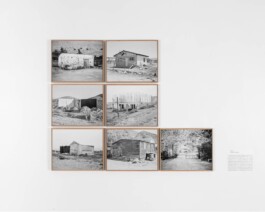
Paisaje común (group show), 2024
Galería Animal, Santiago de Chile.
May 30 to July 13, 2024
Work part of ‘Valle’ on display at ‘Paisaje Común’, a group exhibition and dialogue with my dear colleagues Javier Aravena, Sebastián Mejía, Cristóbal Palma and Marcos Zegers.
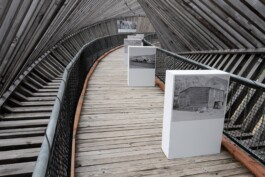


VALLE (solo public installation), 2023
Photographys by Cristian Ordóñez
Curated by Claude Goulet
Text by Eduardo Ordonez-Ponce
Installation views, 18 photographs. Belvédère des Deux-Rivières, Matapédia (view of the confluence of the Matapédia and Ristigouche rivers), Gaspésie, Québec.
Rencontres de la photographie en Gaspésie (14th edition, 2023)
July 15 to September 30, 2023


Cerro Centinela (diptych), Atacama, 2022
Oripeau Public Exhibition n°576, Montréal, QC Canada
AWARDS
2023 — Urbanautica Institute Awards 2022. Nature, Environment and Perspectives. Winner (IT)
EXHIBITIONS, TALKS
2024 — Paisaje Común (group show). Galería Animal (CL)
2024 — Oripeau Public Exhibition n°576, Montréal (CA)
2023 — Valle (solo show). Rencontres de la photographie en Gaspésie (CA)
2023 — Valle (artist talk). Rencontres de la photographie en Gaspésie (CA)
2023 — A Sense of Place (group show). PEP - Photographic Exploration Project. Berlin (GE)
PUBLICATIONS
2024 — Urbanautica Institute Awards 2022. Book (IT)
2023 — Multinacionales y Comunidades. Self-Published (CA)
PRESS
2025 — Lampoon Magazine, Feature Article (IT)
2025 — LUR. Feature Interview (ES)
2024 — Maisonneuve Magazine, Issue 91. Feature Article (CA)
2024 — The Urbanaut Podcast (IT)
DOWNLOAD
2024 — Paisaje Común Exhibition, Dossier ESP (CL)
